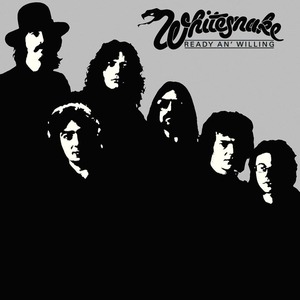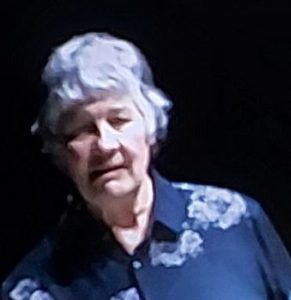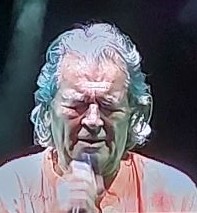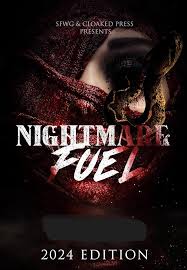
© Cloaked Press, LLC
Back in September 2020, I had a story called The Nuclei included in an anthology called Xenobiology: Stranger Creatures. All its stories, in the words of one of the editors, Michele Dutcher, shared a theme of “biology that has been artificially produced, or biological creatures that have been produced by genetic material being acted upon by outside sources to produce something new.” Being about artificially-created biological creatures, The Nuclei was classifiable as science fiction, but it definitely lurked at the horror end of the sci-fi spectrum. In fact, the creatures featured in The Nuclei were the result of me attempting to imagine the most revolting monsters possible. For that reason, the story was credited to Jim Mountfield, the pseudonym I use for my macabre fiction.
The Nuclei was also a post-apocalyptic story, set in the ruins of Edinburgh – we definitely need more post-apocalyptic stories set in the capital of Scotland – after my revolting, artificially-created creatures had decimated humanity and brought human civilisation to an end. The human characters, some ragged, malnourished survivors who belonged either to a loony religious cult or to an equally loony militia, referred to an event called ‘the Activation’ shortly before civilisation fell, when the artificially-created horrors were first unleashed on mankind. That gave me the idea of writing a prequel to the story, detailing what happened at the Activation, i.e., on Day One of the nightmare.
I have now written that story, called The Activation, and have just had it published under the penname of Jim Mountfield too. It features in Nightmare Fuel: Body Horror 2024, the latest instalment in the annual Nightmare Fuel collections of scary fiction put out by Cloaked Press, LLC. As its title indicates, the theme for this year’s collection was body horror, which Wikipedia defines as “a subgenre of horror fiction that intentionally showcases grotesque or psychologically disturbing violations of the human body or of another creature.” Well, the modus operandi of the creatures in The Nuclei involved a lot of body horror, so this seemed a natural home for its prequel.
The setting and main character of The Activation were inspired by something that happened to me once and by somebody I used to know. Firstly, the happening was a misadventure I had while travelling on the London Tube back in 2016, somewhere between King’s Cross and Liverpool Street Stations – I must have been on either the Circle, Metropolitan or Hammersmith and City lines. A young woman had what is euphemistically described as an ‘episode’ and started screaming hysterically at her fellow passengers. Unfortunately, among the things she screamed was the claim that she was carrying a bomb. The train promptly stopped at the next station and remained there with its doors sealed for 20 or 25 minutes. Nobody could get in or out. Meanwhile, the woman kept shrieking gibberish at everyone.
At one point, a pair of British Transport Police officers walked down the train, but didn’t actually stop to deal with the unhinged woman when they reached her. No, they just walked past her, to the train’s far end, and then walked back – again doing nothing when they passed her a second time. Later, when I researched the protocol for occurrences like this, I found out that the Transport Police officers had done an ‘assessment of the incident scene’. Satisfied that they knew where the problem was, and that it wasn’t a case of terrorism, and that there weren’t any other problems elsewhere, they then informed the local police and told them where to find the problem. When those police arrived on the platform, the nearest set of doors were opened so that they could board the train and remove said problem.
Obviously, this took time. And with those doors sealed until the local police came, it made me wonder what would have happened to the folk stuck on the train if there’d been a real terrorist present. I guess we were considered ‘expendable’.
By the time the Transport Police did their assessment, it’d become clear to everybody that the young woman causing the trouble wasn’t a terrorist. She was just some poor, mixed-up soul who’d probably forgotten to take her medication that day. I realised this when, at one point during her ravings, she started listing ‘all the great prophets in history’. These were Buddha, Jesus, Mohammed and… Zippy, the gimpy zip-mouthed puppet from the British kids’ TV show Rainbow (1972-92).
I had to put that detail into my story The Activation. Although, because Nightmare Fuel: Body Horrors is an American publication, I changed Zippy from Rainbow to the better-known Cookie Monster from Sesame Street (1969-present). Sorry about that, Zippy, but you just aren’t internationally famous enough.

© Teddington Studios / Thames Television
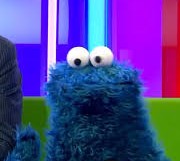
© Sesame Workshop / BBC / From X
Secondly, the main character in The Activation was inspired by a former colleague, a PE teacher, who was employed by an English private school I worked at in 2002. He was an ex-soldier. One evening, the two of us were having a pint in the neighbourhood pub when he told me – with a preliminary request not to say anything about it to the school’s headmistress – that when he went to the school to be interviewed for the PE-teacher position, he’d been homeless. At the time he was sleeping inside some giant concrete pipes at the side of a road that were soon to be popped in the ground for a sewage or drainage project. Homelessness among former members of the Armed Forces is something that’s tragically common.
Anyway, for The Activation, I thought the hero would be somebody with experiences similar to my old colleague – a former soldier, homeless, desperately trying to turn his life around. And then he gets caught up in the hideous events of the story and is put through hell. Yes, I know. I’m a sadist.
Containing 14 tales of grisly, gruelling terror, Nightmare Fuel: Body Horror 2024 can now be purchased on Kindle here and as a paperback here.



